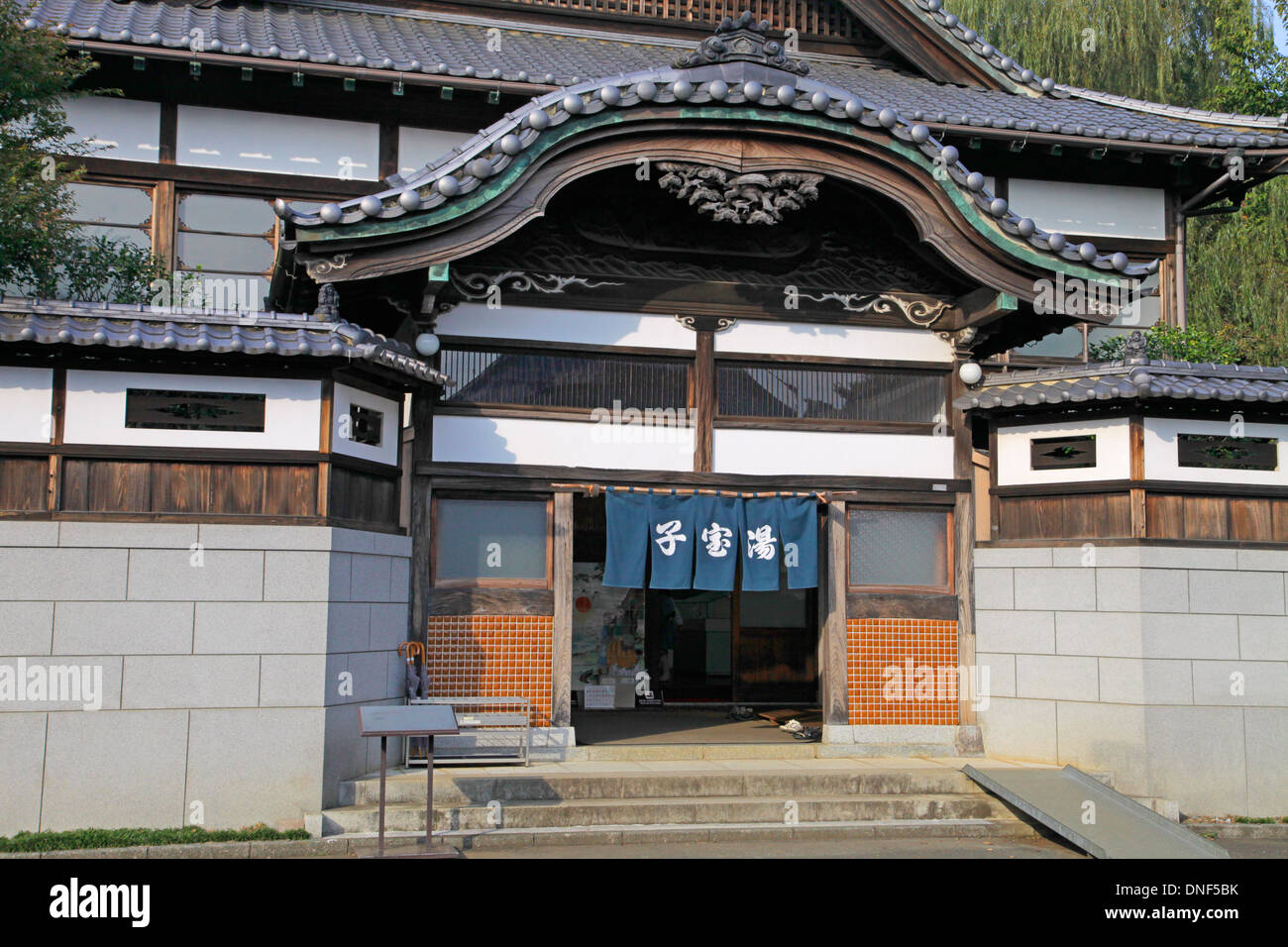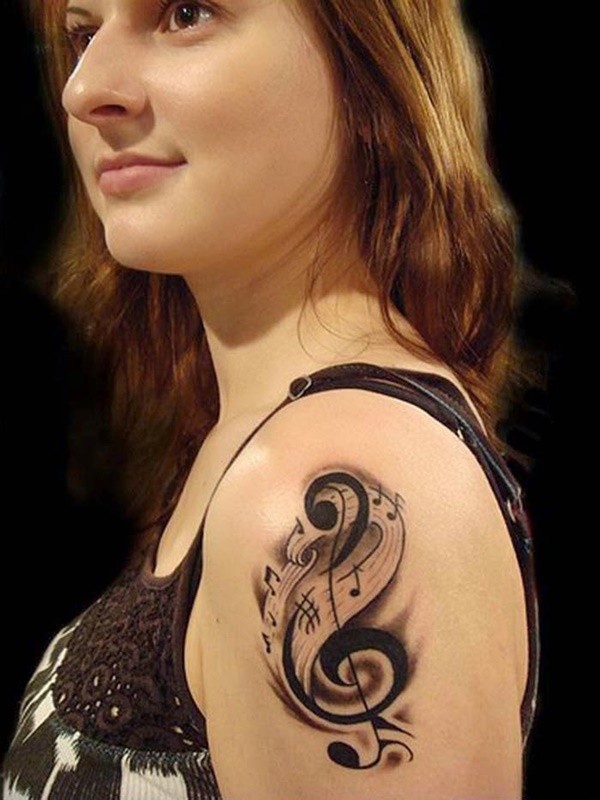Table Of Content

Edo-period bathhouses can be divided roughly along the lines of whether they allowed mixed bathing or had separate areas for men and women. The Kansai region in western Japan boasted a lot of mixed baths. Edo had fewer, but the mixed sentō it did have were popular. For proprietors, having men and women together saved on costs as only one shared facility was required. One innovation was the introduction of yuna bathhouse girls to scrub male customers clean.
A Peek Inside a Japanese Bathhouse
Some even sell area-specific towels that make great souvenirs. But most will just keep it nearby or on a shelf at the bathing area’s entrance to dry off before leaving. If you can set aside your discomfort around the idea of being naked with others, it’s a freeing experience. In Japan, removing the clothes and taking baths together is seen as something of an equalizer. A reminder that deep down we’re all a pretty similar pile of skin and bones. Pale purple wisteria flowers transform the bathhouse entrance in May.
schemata architects uplifts bathhouse in tokyo with soft green tiles - Designboom
schemata architects uplifts bathhouse in tokyo with soft green tiles.
Posted: Mon, 17 Jul 2023 07:00:00 GMT [source]
Relaxing in the Sento
You should bring a small bag with a change of clothes, towel, and cash for vending machines or food offerings. Many people also bring their own body soap, shampoos, and other toiletries. However, this is up to your personal preference as bath houses provide everything necessary for bathing. At a Japanese bath house, you can relax in the hot water, wash yourself, and enjoy the communal atmosphere. They typically have saunas for those who want to get some sweat out of their system, too.
Kitashinagawa Spa Tenjinyu
The entrance to the steam bath was only a very small opening with a height of about 80 cm, so that the heat did not escape. Due to the small opening, the lack of windows, and the thick steam, these baths were usually very dark, and customers often cleared their throats to signal their position to others. Often overlooked for Japan's famous hot springs, public bathhouses offer a window into everyday life in Japan. These baths are often more affordable and accessible than hot springs, making them an easy way to experience Japanese bathing culture. Sento, or Japanese public bathhouses, are often confused with onsen by visitors wanting to go to “a Japanese hot spring.” Sento are local baths with easy access. If you’re a visitor, then sento are a great way to experience an important part of Japanese culture while getting clean at the same time.
The small towels are for washing your body in the bathtub, and for drying off before you return to the dressing room. Once in the changing room, take a basket from the stack and put your clothes into it. You can put the key around your wrist or ankle with the elastic strap. Bring your small hand towel and toiletries into the bathing area (which you enter naked – no bathing suits!).
Nara period to Kamakura period
There were seven different pools, including a carbonated bath, cypress bath, themed bath with flower petals, and normal baths of differing temperatures — plus great views of the nearby mountains. At ¥1,000 ($8.76) during low season and ¥1,200 ($10.51) during high season, it was a steal for the quality. I saw many children, both male and female, bathing with their female relatives.

Until a few decades ago, most Kyoto houses did not have private baths. So every evening, people would walk to their local sento to bathe and converse with their neighbors. Kyoto’s sentos are fast disappearing, but there are still some great ones left around. Nothing feels better than soaking in a really hot tub after a hike or a day in the temples. In the following section, we introduce our three favorite sentos in Kyoto. For tips on how to enjoy a sento, scroll down to our Sento Guide for Beginners section.
What do you Bring to a Japanese Bathhouse?
These items are often complimentary, but in some cases you may need to pay. Go ahead and get comfortable with the idea of bathing naked with strangers. Almost all baths are gender-separated, though, so at least you'll have that. Note that children cannot bring toys into the bath and splashing is not allowed.
Entrance and undressing
In Osaka, however, bathing establishments were primarily steam baths called mushiburo (蒸し風呂, lit. steam bath) that had only shallow pools. These baths were called yuya (湯屋, lit. hot water shop), or later when they increased in size ōyuya (大湯屋, lit. big hot water shop). These baths were most often steam baths (蒸し風呂, mushiburo, lit. steam bath). While initially these baths were only used by priests, sick people gradually also gained access, until in the Kamakura period (1185–1333) sick people were routinely allowed access to the bathhouse. Wealthy merchants and members of the upper class soon also included baths in their residences.
We spent about 4 hours at the bath house, and we were pleasantly surprised by the reasonable price when we went to check out. Our total was only $117 for both of us, and that included all of the treatments we did, the admission fee, plus lunch. It was definitely more affordable than Blue Lagoon in Iceland. Many places actually prohibit wearing swimsuits in the bath, so there’s no need to bring one. Having said that, some places will allow customers to wear swimsuits. Please check in advance if you must wear a swimsuit for personal reasons.
There’s a carbonated bath said to lower blood pressure and improve blood circulation, a bath that changes with the seasons, and unusually for Tokyo, a natural hot spring open-air bath. For the ultimate relaxation experience, visitors can also book massages and reflexology treatments. Contributing to the popularity of public baths in the Edo period were female bathing attendants were known as yuna (湯女, lit. hot water women). These attendants helped cleanse customers by scrubbing their backs. Such establishments are often called sōpu rando (ソープランド, soapland). Another type of Japanese public bath is onsen, which uses hot water from a natural hot spring.
I always find that Westerners can be intimidated by soaking in Japan’s bathhouses and onsen. While I was soaking that day, she came over to me and showed me the outdoor bath, which I could have all to myself. We didn’t speak the same language, but with kindness, sometimes no words are needed.
Toilet slippers will be provided at the entrance of the toilet room. In Japan, forest bathing is believed to improve sleep, mood, ability to focus and relieve stress and ... Before you go back into the dressing room, towel off with the larger towel so that you don’t track water around. In most cases, breakable glass bottles are not allowed in the bathtub for safety reasons.
The page also shares interesting illustrations of the bathhouse and the quirky baths they have. The sento has 4 different baths, including a milk bath and a ‘speciality’ bath that changes daily. You can expect scents and ingredients like lavender, chamomile, apples, and hiba (a type of cypress from Japan) oil extract, each with their unique healing properties. Haginoyu is near several popular tourist destinations, like the Tokyo National Museum, Tokyo Skytree and Senso-ji Temple, making it convenient to drop by for a good soak after a day of walking.

No comments:
Post a Comment